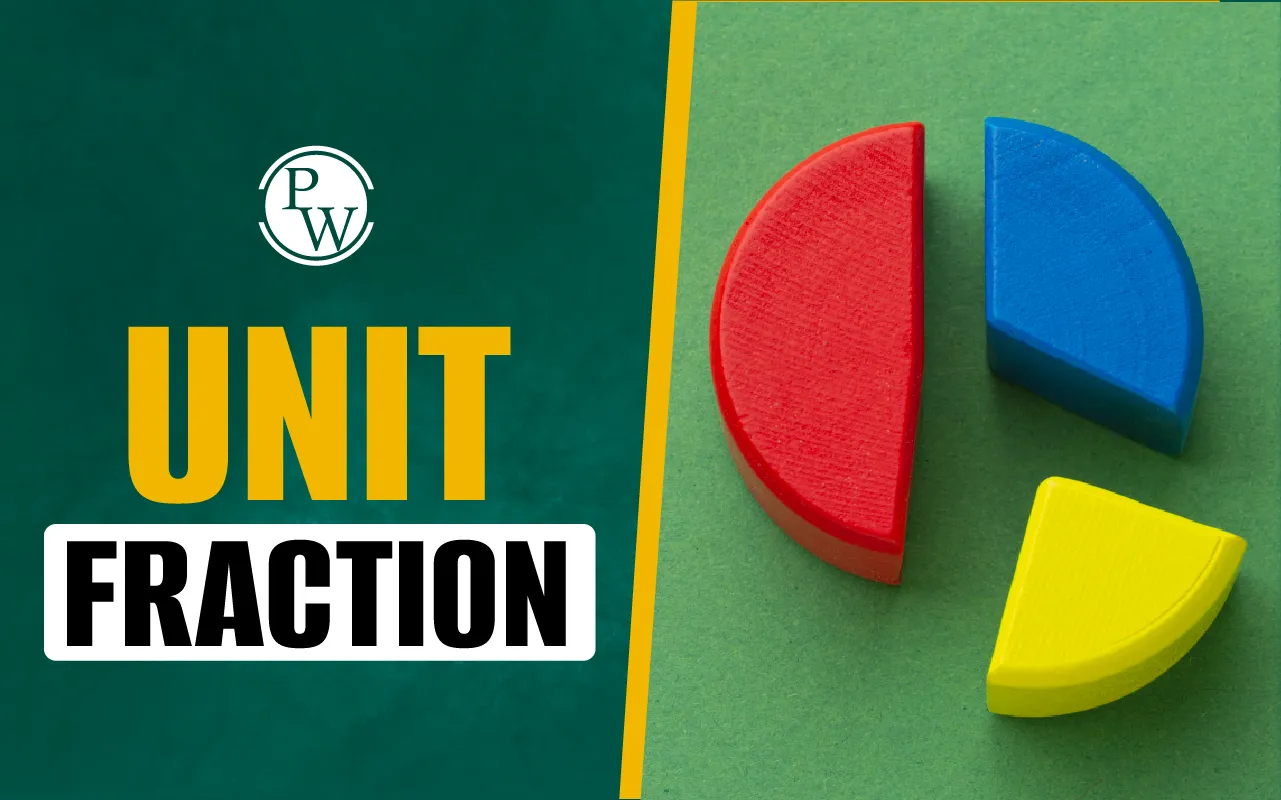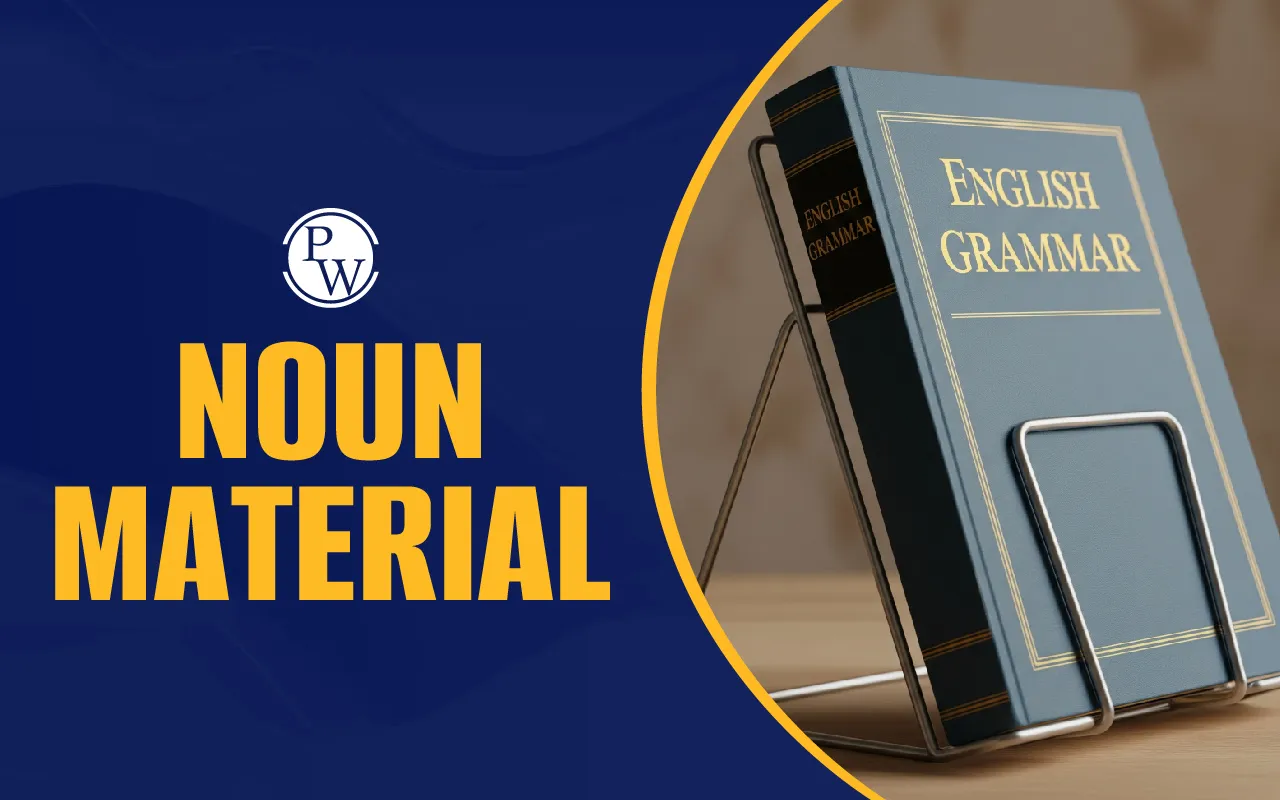

The full form of HCF is the Highest Common Factor, and it is also known as the Greatest Common Divisor or GCD. The full form of LCM is Least Common Multiple. These two concepts are important in mathematics and are often used when working with numbers, especially in topics like simplification, fractions, ratios, and time-based problems.
HCF refers to the largest number that can divide two or more given numbers exactly, without leaving any remainder. On the other hand, LCM refers to the smallest number that is exactly divisible by all the given numbers.
In this blog, we will learn the steps to find both HCF and LCM using the division method and the prime factorization method using the solved example to help you understand the concept in a better way.
Also read: Roman Numbers 1 to 10000 - Rules, Examples, and Chart
What is HCF?
The full form of is HCF (Highest Common Factor). It is also known as GCD (Greatest Common Divisor).
HCF is the largest number that can divide two or more given numbers exactly, without leaving any remainder.
In simple terms, it is the greatest number that is a common factor of all the given numbers. HCF and GCD mean the same and are used interchangeably.
Example: Find the HCF of 6 and 18
Step 1: List the factors of each number
Factors of 6 = 1, 2, 3, 6
Factors of 18 = 1, 2, 3, 6, 9, 18
Step 2: Identify the common factors
Common factors = 1, 2, 3, 6
Step 3: Choose the highest
HCF = 6
Also read: Division of Fractions - Definitions, Steps & Examples
What is LCM?
The LCM or Least Common Multiple of two or more numbers is the smallest number that is exactly divisible by all of the given numbers. In simple terms, it is the lowest number that appears in the multiplication tables of all the given numbers.
Example: Find the LCM of 6 and 18
Step 1: List the multiples of each number
Multiples of 6: 6, 12, 18, 24, 30, 36, ...
Multiples of 18: 18, 36, 54, 72, ...
Step 2: Identify the common multiples
Common multiples: 18, 36, 54, ...
Step 3: Choose the lowest of these
The least common multiple is 18
Therefore, LCM of 6 and 18 is 18
HCF and LCM Formula
Let the two numbers be a and b.
There is a fundamental relationship between the Highest Common Factor (HCF) and the Least Common Multiple (LCM) of two natural numbers. This relationship states that:
HCF of a and b multiplied by LCM of a and b is equal to the product of a and b.
In mathematical terms:
HCF(a, b) × LCM(a, b) = a × b
This HCF and LCM formula is useful because if you know any two of the values (HCF, LCM, or one of the numbers), you can calculate the third.
Example
Let us take two numbers:
a = 12
b = 18
Step 1: Find the HCF of 12 and 18
The factors of 12 are: 1, 2, 3, 4, 6, 12
The factors of 18 are: 1, 2, 3, 6, 9, 18
The common factors of 12 and 18 are: 1, 2, 3, 6
So, the HCF of 12 and 18 is 6
Step 2: Use the formula to find the LCM
LCM(a, b) = (a × b) ÷ HCF(a, b)
LCM(12, 18) = (12 × 18) ÷ 6 = 216 ÷ 6 = 36
Step 3: Verify the formula
HCF(12, 18) × LCM(12, 18) = 6 × 36 = 216
a × b = 12 × 18 = 216
Both sides are equal, which confirms the formula.
Also read: Improper Fractions - Definition, Conversions, Examples
How to Find HCF by Division Method?
To find the Highest Common Factor (HCF) of two numbers using the division method, follow these steps:
Step 1: Take the smaller number as the divisor and the larger number as the dividend.
Step 2: Divide the dividend by the divisor.
-
If the remainder is 0, then the divisor is the HCF.
-
If the remainder is not 0, move to the next step.
Step 3: Now, take the remainder as the new divisor and the previous divisor as the new dividend.
Step 4: Repeat the division process using the new numbers.
Continue until the remainder becomes 0. The last divisor used before the remainder became 0 is the HCF of the original two numbers.
Also read: Scalene Triangle - Definition, Properties & Formula
Example: Find the HCF of 36 and 48 using the Division Method
Let us apply the steps explained above.
Step 1: Identify the smaller and larger number.
Smaller number = 36 (divisor)
Larger number = 48 (dividend)
Step 2: Divide 48 by 36
48 ÷ 36 = 1 remainder 12
Since the remainder is not 0, we go to the next step.
Step 3: Now use 12 (remainder) as the new divisor, and 36 (previous divisor) as the new dividend.36 ÷ 12 = 3 remainder 0
Since the remainder is now 0, we stop here.
The last divisor was 12, so the HCF of 36 and 48 is 12.
How to Find LCM by Division Method?
To find the Least Common Multiple (LCM) of two or more numbers using the division method, follow these steps:
Step 1: Start by checking if the numbers are divisible by the smallest prime number, which is 2.
Step 2: If at least one of the numbers is divisible by the chosen prime, divide it and carry the other number down as it is (if not divisible).
Step 3: Repeat the process using the same prime number until none of the numbers is divisible by it. Then move to the next prime number (3, then 5, and so on).
Step 4: Continue until all the numbers reduce to 1.
Step 5: Multiply all the prime numbers used in the divisions. The product is the LCM of the given numbers.
Also read: Find the Sum - Definition, Formulas and Examples
Example: Find the LCM of 36 and 48
We start with 36 and 48.
Step 1: Both 36 and 48 are divisible by 2
36 ÷ 2 = 18
48 ÷ 2 = 24
Step 2: Again, both 18 and 24 are divisible by 2
18 ÷ 2 = 9
24 ÷ 2 = 12
Step 3: Now, 9 and 12. Only 12 is divisible by 2
9 remains as it is
12 ÷ 2 = 6
Step 4: Again, only 6 is divisible by 2
9 remains
6 ÷ 2 = 3
Step 5: Now we have 9 and 3. Both are divisible by 3
9 ÷ 3 = 3
3 ÷ 3 = 1
Step 6: Now 3 and 1. Only 3 is divisible by 3
3 ÷ 3 = 1
1 remains
Now both numbers have become 1, so we stop. We used the following prime numbers during division:
2, 2, 2, 2, 3, 3
Multiply them:
2 × 2 × 2 × 2 × 3 × 3 = 144
Therefore, the LCM of 36 and 48 is 144
Also read: Ratio and Proportion - Basics, Definition with Examples
How to HCF Using the Prime Factorization Method?
To find the HCF (Highest Common Factor) of two numbers using prime factorization, follow these steps:
Step 1: Write the prime factors of each number.
Step 2: Identify the common prime factors between the two numbers.
Step 3: Multiply those common prime factors. The result is the HCF.
Example: Find the HCF of 60 and 84 using Prime Factorization
Step 1: Prime factorization of each number
-
Prime factors of 60 = 2 × 2 × 3 × 5
-
Prime factors of 84 = 2 × 2 × 3 × 7
Step 2: Find the common prime factors
The common prime factors between 60 and 84 are 2, 2, and 3
Step 3: Multiply the common prime factors
HCF = 2 × 2 × 3 = 12
Therefore, the HCF of 60 and 84 is 12.
Also read: Prime Factorization Method - How to Calculate It?
How to Find LCM by Prime Factorization Method?
To find the Least Common Multiple (LCM) of two numbers using prime factorization method, follow the steps below:
Step 1: Write the prime factorization of each number.
Step 2: For every prime factor, take the highest number of times it appears in any one number.
Step 3: Multiply these selected factors to get the LCM.
Find the LCM of 20 and 24 Using Prime Factorization Method
Prime factors of 20 = 2 × 2 × 5
Prime factors of 24 = 2 × 2 × 2 × 3
Now choose the maximum number of times each prime appears:
2 appears three times (from 24)
3 appears once (from 24)
5 appears once (from 20)
LCM = 2 × 2 × 2 × 3 × 5 = 120
Therefore, the LCM of 20 and 24 is 120.
Also read: What are the Factors of 36?
Difference Between HCF and LCM
HCF and LCM are two important concepts in mathematics, but they serve different purposes. Understanding the difference between them helps solve problems involving division, grouping, and common multiples. Let’s explore the difference between HCF and LCM below.
|
Difference Between HCF and LCM |
||
|
Aspects |
HCF |
LCM |
|
Meaning |
HCF (Highest Common Factor) is the largest number that can divide all the given numbers exactly. |
LCM (Least Common Multiple) is the smallest number that all the given numbers can divide without leaving a remainder |
|
Purpose |
HCF is used when we want to split items into the largest possible equal parts. |
LCM is used when we want to bring different quantities to a common multiple, like in scheduling or matching intervals. |
|
Size Compared to the Numbers |
The HCF is always less than or equal to the smallest number |
The LCM is always greater than or equal to the largest number |
|
Example |
HCF of 12 and 18 = 6 |
LCM of 12 and 18 = 36 |
Also read: How to Do Long Division - Steps with Examples
Make Maths Easier for Your Child with CuriousJr Online Classes
Is your child struggling to keep up with maths at school? Many students fall behind when lessons move too quickly or there’s not enough time to ask questions and clear doubts. Homework can become stressful, and their confidence in the subject may start to drop.
Curious Junior Kids Online Classes makes learning maths easier by offering:
-
Live online classes by two dedicated mentor
-
Simple, step-by-step explanations for better understanding
-
Regular practice and homework help to reinforce key concept
-
Progress updates to help parents stay informed and involved
Curious Junior classes covers CBSE, ICSE, and major state board syllabi, so your child stays aligned with school while receiving the extra help they need. Book a demo class today.
Do you need help with your homework or preparing for exams?
Study without using the internet
HCF and LCM FAQs
What is the full form of HCF and LCM?
What is the main difference between HCF and LCM?
Can a number have more than one HCF or LCM?
What are the methods to find HCF and LCM?
Is HCF always smaller than LCM?













